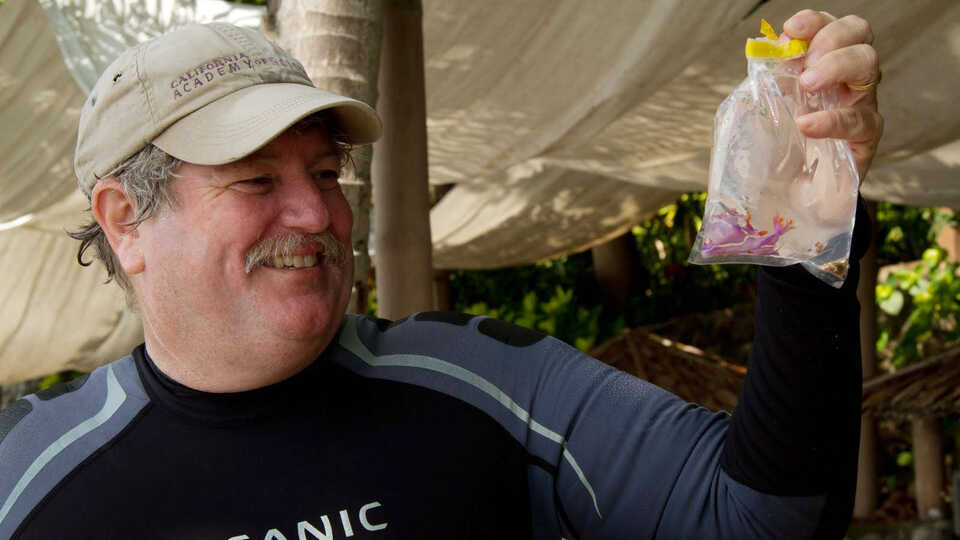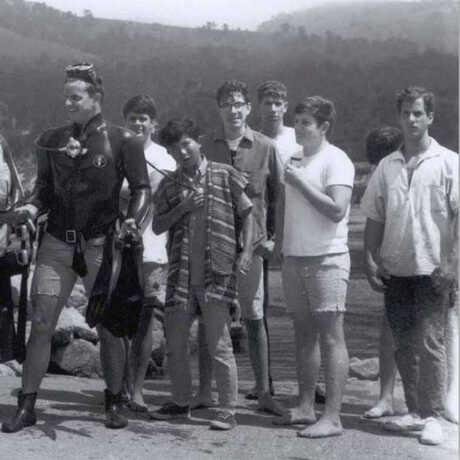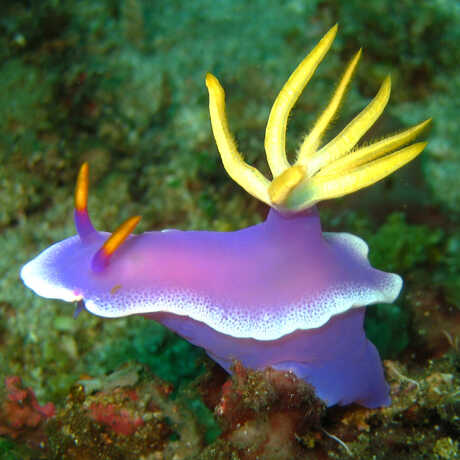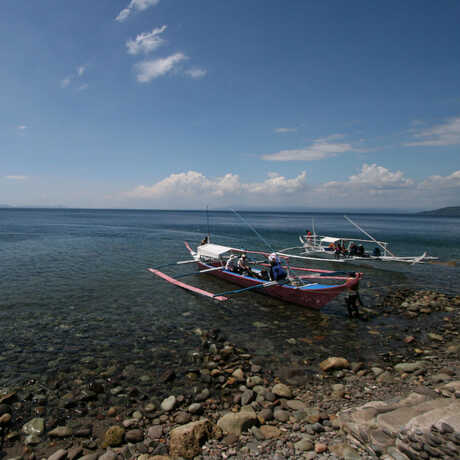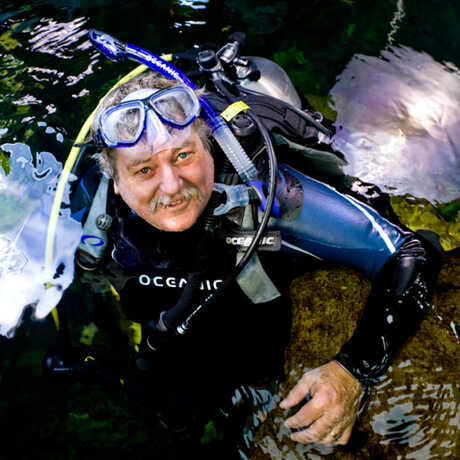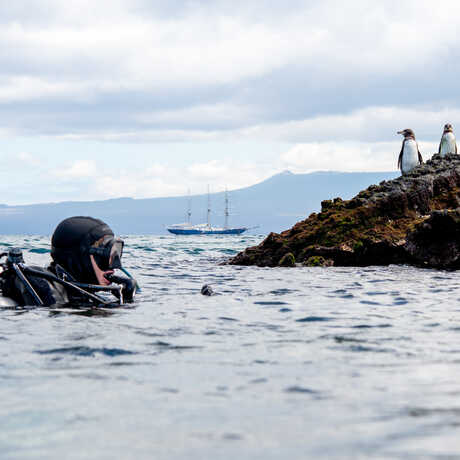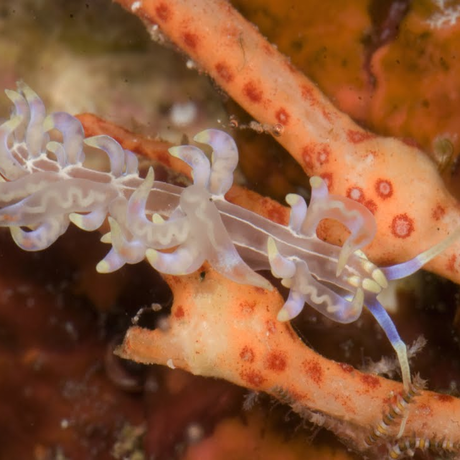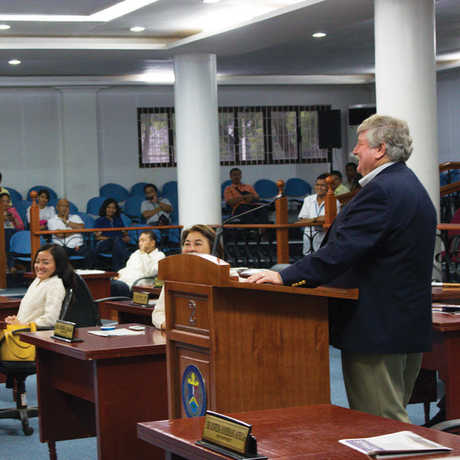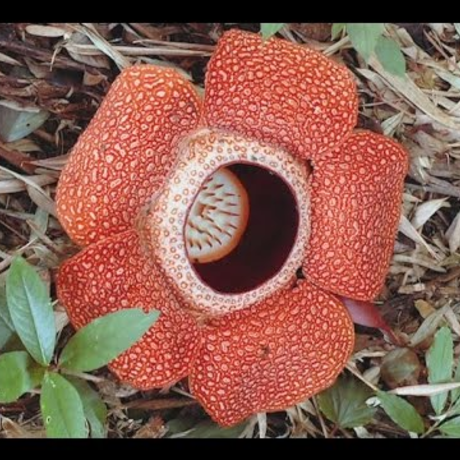Terry Gosliner grew up in Marin, California, during a time when the landscape was largely rural. He recalls a childhood defined by exploration of the hills and tide pools near his house, and by a never-ending quest for more and more knowledge about the natural world.
In elementary school, Gosliner—already obsessed with field guides—asked his mother, an Academy Member, to order the institution’s quarterly scientific papers.
“I was hungry for knowledge,” Gosliner says. “I wanted to be able to identify everything I encountered in my life and to know what it was.”
Virginia Gosliner sought out nature talks, signed her son up for local seaweed and shoreline walks, and found a used microscope for sale at a UC Berkeley lab. Soon after, a middle-school teacher lent Gosliner the 1963 publication, Animals Without Backbones: An Introduction to the Invertebrates. Armed with that book, his microscope, and a bucket of creek-water that sat on his bedroom desk, Gosliner spent nights and weekends peering through the lens at life forms made visible in droplets of water.
Gosliner’s high-school science teacher, Gordon Chan, was famous for his after-school field trips to places like Point Reyes seashore and Marin’s Civic Center lagoon. One fateful day, Gosliner showed Chan a drawing of a nudibranch (invertebrates also known as sea slugs) and asked to see what they looked like in the wild.
“Once he showed me a living nudibranch,” Gosliner says, “I was hooked. That’s when I really started looking into California nudibranch species. I wanted to find every single one of them.”
Today, Gosliner is one of the world’s foremost authorities on nudibranchs and their relatives, but his first scientific discovery—a species outside its normal geographic range—was made in Chan’s high-school class. Before the end of his senior year, Gosliner had not only collaborated on his first scientific paper about that nudibranch (which was published in the California Malacozoological Society's journal), he’d also discovered his first new species.
